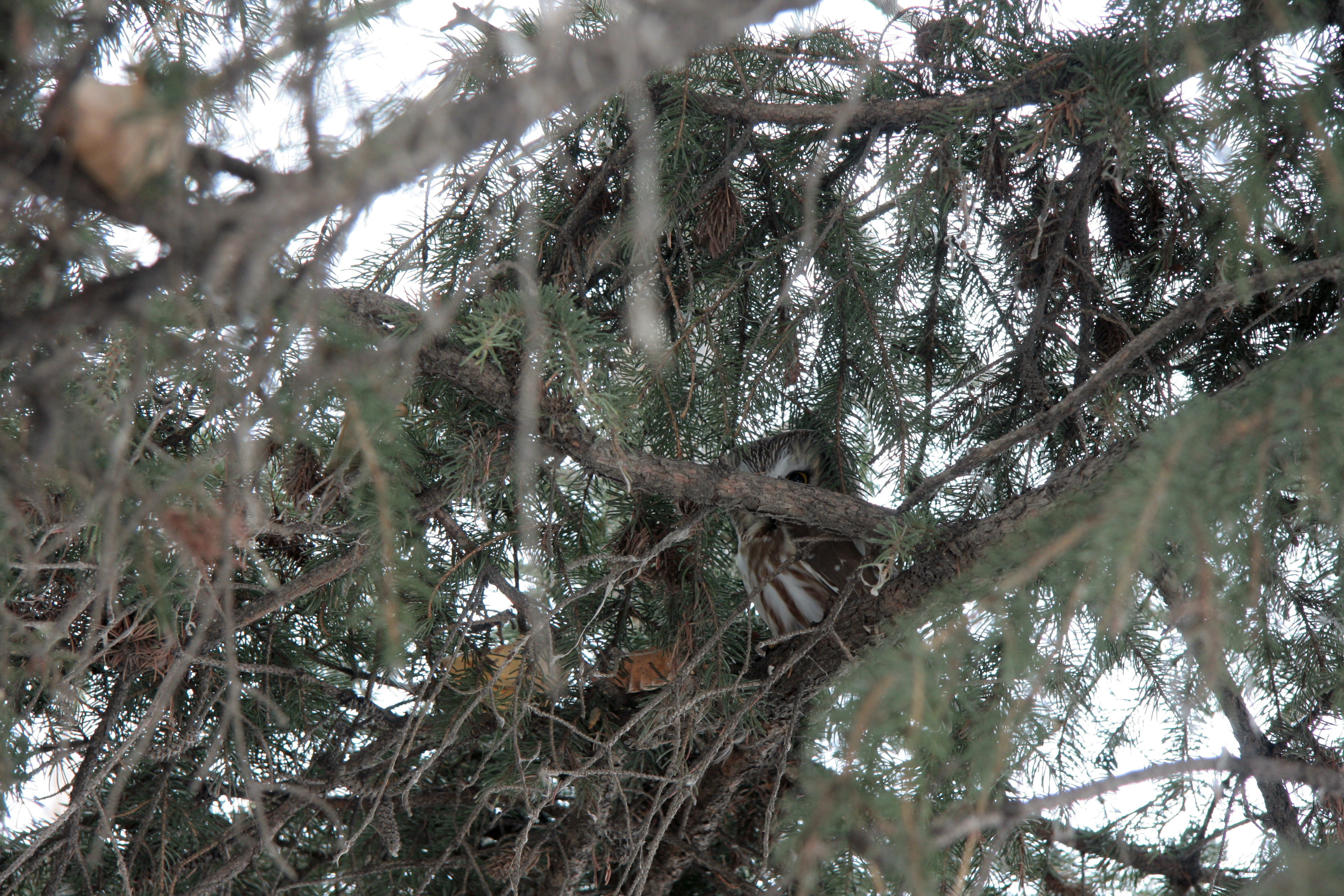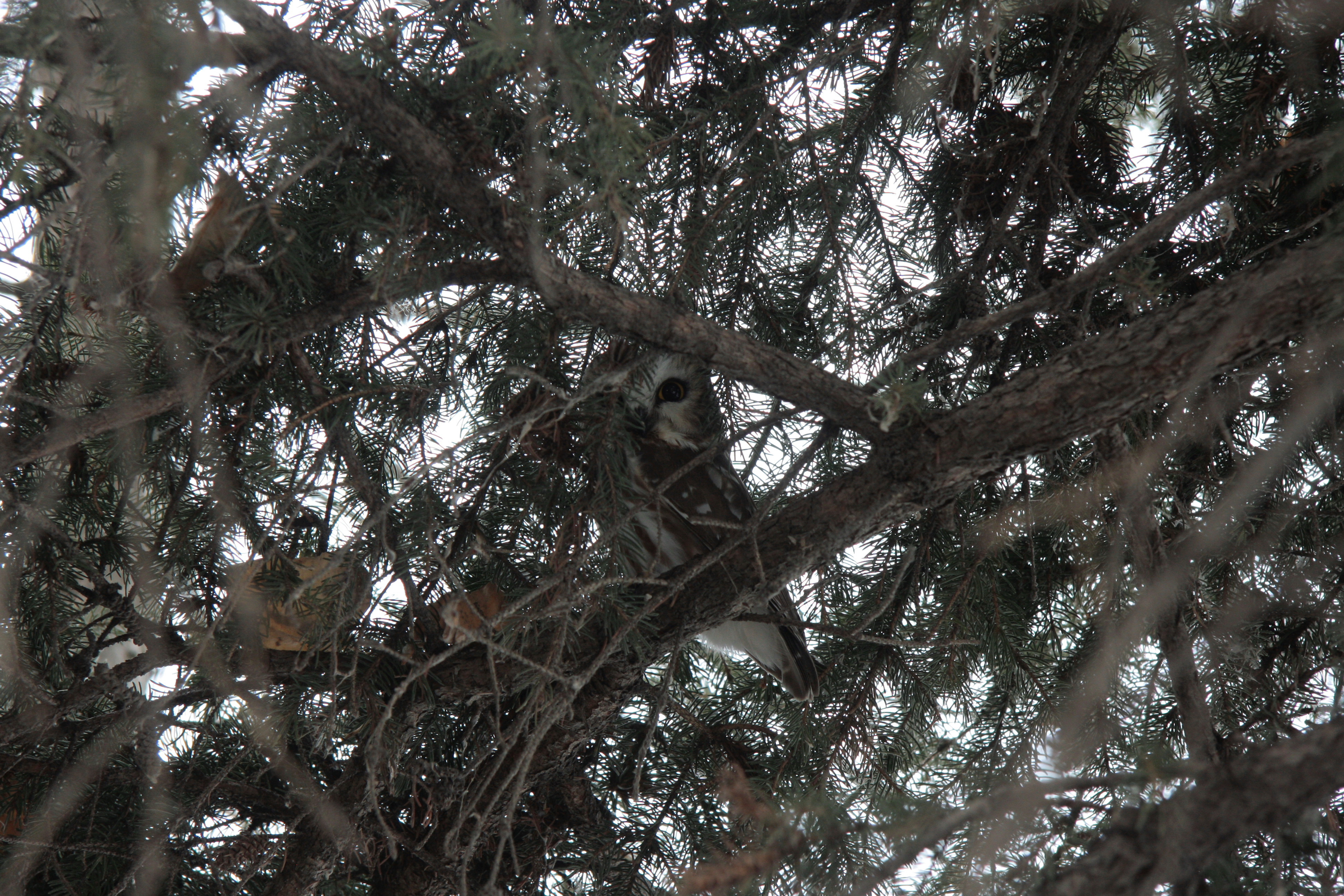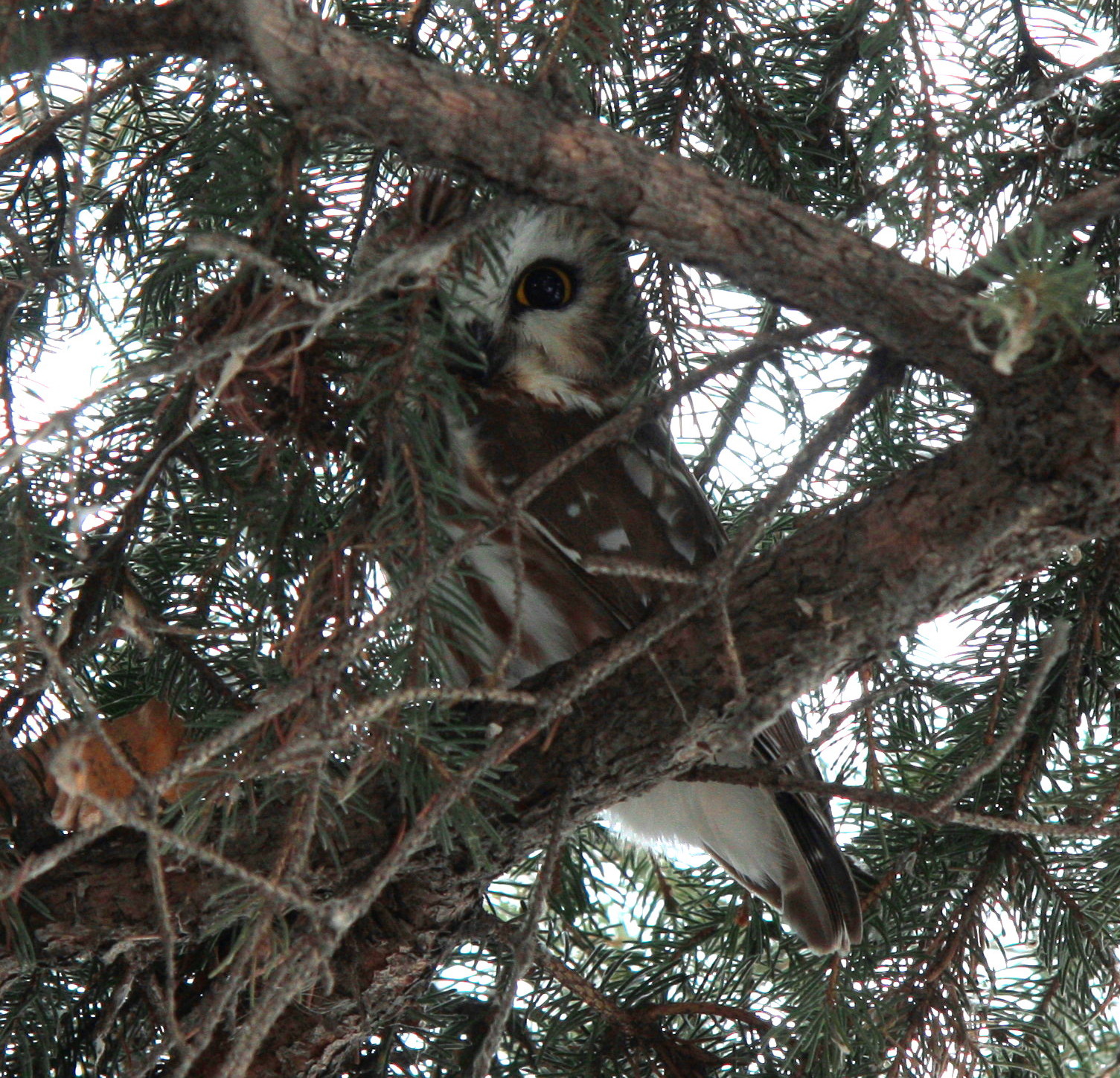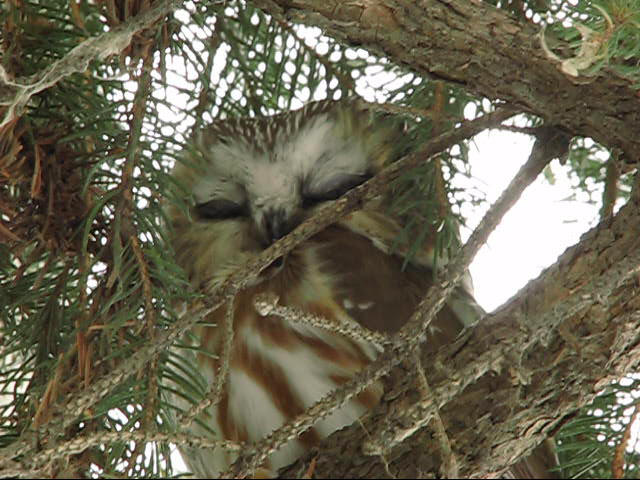This year I decided to take part in another Citizen Science project, the Canadian Lakes Loon Survey, conducted by Bird Studies Canada. The basic requirements are quite simple: visit the lake once in each of June, July, and August to see if there is a breeding pair of Loons present, if they fledge young, and if the young survive. Each visit should be at least two hours, but of course you can spend more time and may visit the lake more often if you like. You also keep track of other birds associated with the body of water. I knew of a small lake southwest of Calgary in the Bragg Creek area that has been occupied by loons for a few years, so I checked with BSC to see if it was being monitored. It hadn’t, so I registered to monitor the lake.
We arrived at the lake in the afternoon and soon spotted a lone Loon.
There are two islands in the lake, and I knew that the loons had built a nest on the south island in each of the past three years. We climbed into the local rowboat which is always on the shore, and headed out into the water.
We tried to keep clear of the south island so as not to get too close to a nest if there was one, although I did want to see how many eggs were present if possible. We went between the two islands, keeping close to the north one, and checking the south one through binoculars for a nest. There had also been a cow moose who calves on the south island every year, and if she was there, we didn’t want to disturb her either. To our delight ,we soon saw the Moose and her calf through the dense foliage. I got a quick picture of the cow, but not the calf, and didn’t linger near the island – Moose can swim very well!
We soon noticed that there were in fact two Loons on the lake, a breeding pair.
The Loons were acting strangely, diving and then surfacing very close to the boat, and diving again with a noisy splash, only to come up again on the other side.
We were getting some great close-up views, but then I realized why the Loons were so agitated: their nest was on the north island, and we were only a few feet away from it.
There were two eggs on the nest! We quickly retreated, and were relieved to see one of the Loons take its position on the nest. They are probably quite used to people being around – there were the remains of a campfire on their island – but we certainly hadn’t intended on disturbing them.
When we returned in the evening for another look at the Loons, we came across the cow Moose which was feeding on the path to the lake. Luckily, since the calf was still on the island, she was not aggressive.
Doing the survey is a great opportunity to contribute to our knowledge of Common Loons, and you get to witness scenes like this:
I will post Part Two of the Loon Survey later, after I return to the lake in late July and see if the chicks have successfully fledged.
If you are interested in taking part in the Canadian Lakes Loon Survey, contact Bird Studies Canada. Here is a link to their website . You can also contact Kathy Jones at volunteer@birdscanada.org or by phone at 1-888-448-2473 ext. 124, or register online. The CLLS is a self-supporting program, so you must hold an active BSC membership to participate. For more information, select this link to view the program brochure, or to view a map of available Canadian lakes and their most recent survey year, select this link. (Above information taken from the Nature Calgary website )
Posted by Bob Lefebvre






































